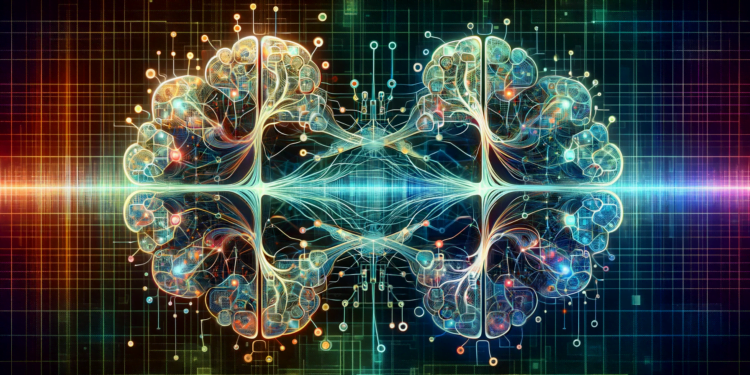Siamese Networks represent an advanced paradigm in the field of artificial intelligence (AI) geared towards specialized tasks of comparison and verification, such as fraud detection, biometric verification, and the comparison of objects through image representations. This architecture utilizes two or more identical neural networks to extract distinctive features from different inputs, allowing for a quantitative measure of the similarity or dissimilarity between them.
Theoretical Foundations and Architecture of Siamese Networks
Originating from the work of Bromley and LeCun, the siamese architecture is based on convolutional networks that share weights, encouraging parallel learnings to extract effective categorical patterns for discrimination. Each ‘sibling’ in the siamese pair processes independent inputs, merging their outputs through a layer that calculates some distance metric—usually Euclidean distance or cosine similarity.
Advances in Algorithms
Recently, the incorporation of advanced deep learning techniques has led to significant performance improvements in these networks. The use of Dropout, Batch Normalization, and L2 Regularization has been revealed as crucial to combat overfitting in long-duration trainings. Additionally, the adoption of contrastive loss functions and triplets has refined the networks’ ability to differentiate between highly similar yet distinct inputs—often in one-shot or few-shot scenarios.
Emerging Practical Applications
In the realm of identity verification, siamese networks have been successfully applied in the authentication of faces, fingerprints, and handwritten signatures. Their ability to generalize from small amounts of data has been demonstrated in case studies where security systems have incorporated these networks for the identification of individuals in critical situations.
In the banking sector, their use has revolutionized the analysis of signatures, offering substantially lower false positive rates compared to earlier technologies. In addition, siamese networks are setting a milestone in the fight against electronic fraud, analyzing user behavior patterns to detect suspicious activities.
Performance Evaluation and Comparison with Previous Work
A constant in research on siamese networks is the comparison of performance against predecessor models; for example, traditional neural network architectures. Studies show that siamese networks, with their ability to learn differentiating data representations, often outperform simpler architectures in one-shot or few-shot classification tasks.
Projections and Future Directions
Looking to the future, there is a clear trend towards exploring unsupervised and semi-supervised learning in siamese networks to leverage unlabeled datasets, which are still abundant and growing in volume. It is projected that training in augmented and mixed reality environments will grant even greater robustness to these architectures when facing complex contextual variations in practical applications.
Innovations and Case Studies
The integration of transformers and their attention mechanism within siamese networks is emerging as a promising area, as evidenced by recent works in the analysis of temporal sequences and natural language understanding. Take, for example, the application in personalized recommendation systems, where the networks dynamically identify user preferences based on behavior data.
In summary, siamese networks are at the forefront of several fronts in AI, offering innovative solutions to long-range challenges. Their continued refinement and the expansion of their application domains promise to be key vectors in the development of artificial intelligence technologies equipped to face the growing complexity of the digital and real-world environment.






















